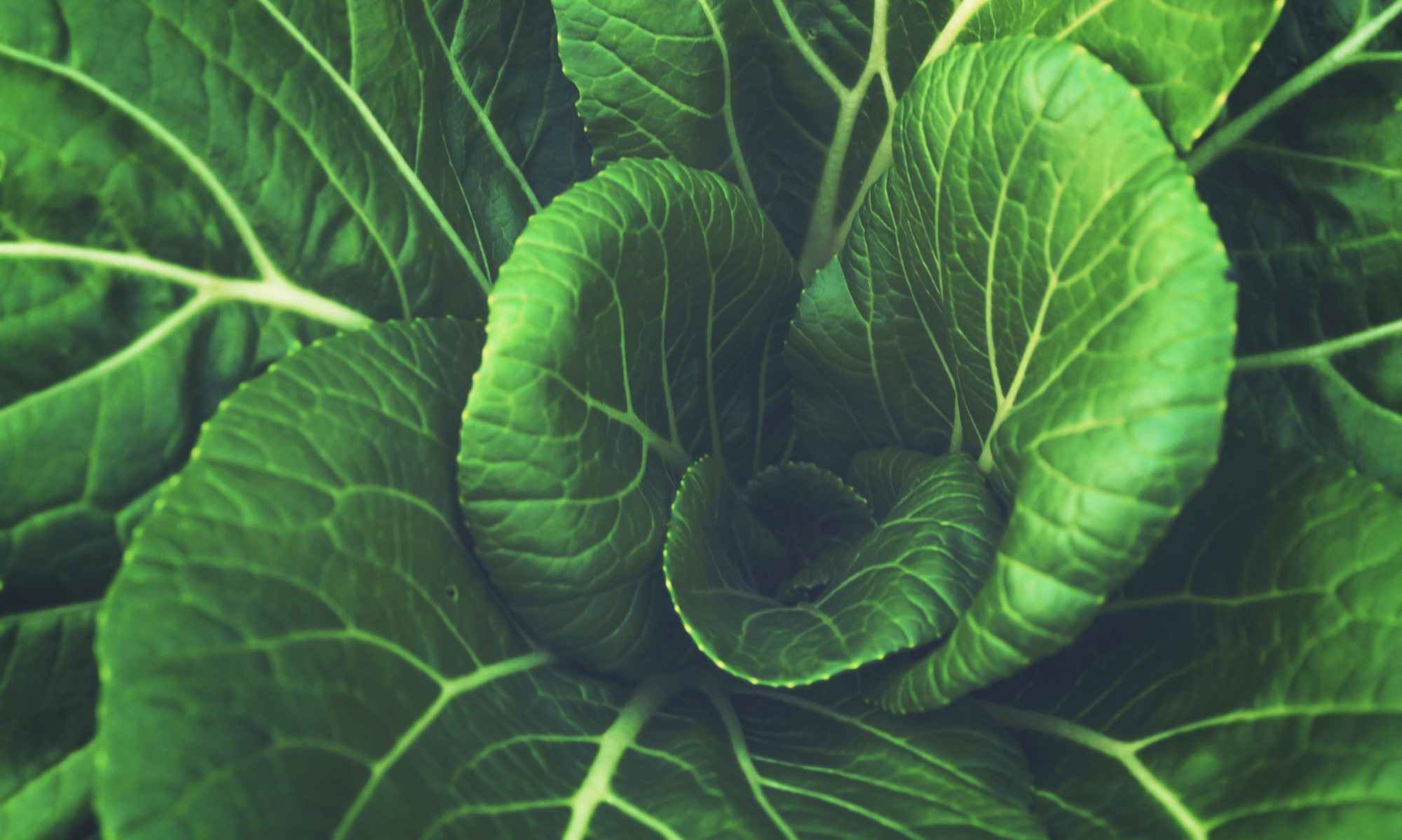What is DNA?
Regardless of which field of biology is being studied, it is important to make sure you don’t lose perspective of the driving force of life: information. We have established earlier that DNA is the replicator which enables organisms to arise on Earth. However, life has grown so incredibly complex that it is very easy to lose sight of this fact and focus on an entire organism as the basic unit of life.
Under this assumption, Organisms simply use DNA to reproduce and store essential information. This cannot be farther from the truth. In fact, this is the reverse of the truth: organisms are complex creations used by DNA that enable the molecule to survive in harsh environments and replicate itself. The replicator creates and uses the body as a temporary vessel along its “quest for immortality”. The information in DNA will live forever as long as it creates bodies that survive and reproduce.
Information Storage
Now that we have cleared that up, let’s discuss the information itself. What does this information accomplish for the organism? Simply put, DNA is most well known as a blueprint for creation of proteins. Proteins are the functional units that enable DNA to exert an influence on the universe. From bodies to beaver dams to skyscrapers, DNA provided the powers of creation that enable life to impact its surroundings.
Condensing Capacity of DNA
A segment of DNA that stores information for a protein is called a gene. These genes are the primary driving force of natural selection. Genes that create efficient proteins that serve a need succeed over less useful competitors, much like the capitalistic economic model. However, proteins are incredibly complex and require intricate details to be functional. Thus, DNA has to be able to store very detailed information, more detailed than any present day computers.
This challenge is addressed by the architecture of the DNA molecule; the DNA code is composed of 4 different basic units (abbreviated A,T,C, and G). In order to appreciate the enormous level of detail 4 units provide, it is useful to use computation as an analogy. Computers run based on two units, 0 and 1. That means for x number of points, there are 2^n combinations of units possible. This system is responsible for all the technological advancements we have seen from robots to i Phones. However, for the same number of positions, a DNA molecule has 4^n combinations of units possible.

As you can see, the amount of information that can be stored in DNA vastly exceeds the storage capacity of computers. This is why life is able to develop in such an intricate fashion with the ability to crate amazing adaptations. This characteristic allows genes to store incredibly dense amounts of code in a small space. This code is what is processed and transformed into functional proteins that carry out work to keep the organism alive. The process of this transformation occurs via transcription and translation.



One Reply to “DNA and Consciousness: The Brains Behind Biology”
Comments are closed.